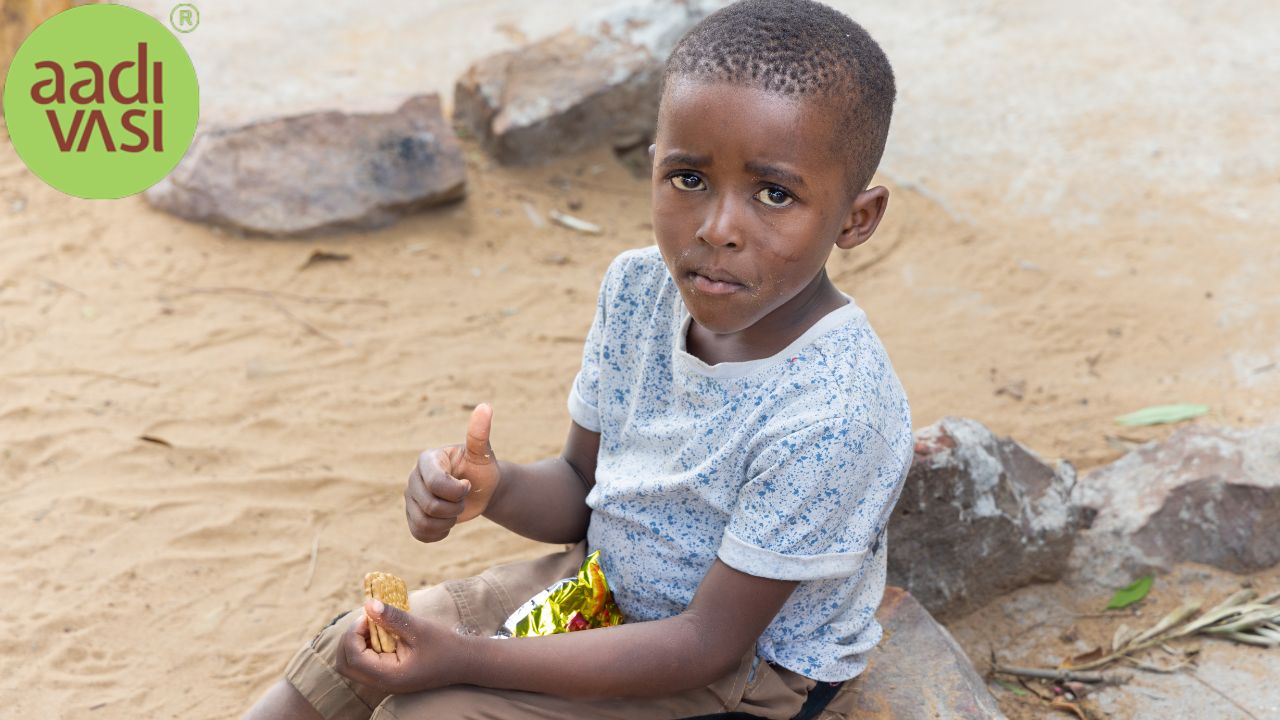India’s Hunger Crisis: What the 2022 Global Hunger Index Reveals

India’s Hunger Crisis: What the 2022 Global Hunger Index Reveals
Hunger isn’t just about empty stomachs; it’s about lost potential, shattered dreams, and a system that repeatedly fails its most vulnerable. India’s Hunger Crisis is a dark reality that cannot be ignored, especially when the 2022 Global Hunger Index ranked the country at a shameful 107 out of 121. But numbers? They only tell half the story. The real crisis is lived daily by those at the margins, particularly Adivasi communities, who remain invisible to policymakers. Initiatives like aadivasi.org are stepping in—not just with advocacy but by creating sustainable livelihoods. Their handcrafted products bring dignity back to these communities and offer an ethical alternative for corporate gifting.
Understanding India’s 2022 Global Hunger Index Ranking & Tribal Impact
The Global Hunger Index 2022 is based on undernourishment, child wasting, stunting, and mortality. It’s shocking to see India faring worse than Bangladesh, Nepal, and even Pakistan. But behind these cold statistics lie real stories—stories of the Adivasi communities, who grapple daily with food insecurity, malnutrition, and systemic neglect.
Aadivasi Struggles & India’s 2022 Hunger Index: A Deep Dive
For decades, the Adivasi struggle has been brushed aside, dismissed as an unfortunate side effect of economic progress. But let’s face it: the situation is dire. Once self-sufficient through forests and natural resources, Aadivasis have been displaced, their land snatched away for industries and commercial projects. Deforestation has stripped them of their traditional food sources, pushing them further into poverty. The government’s so-called solutions? Often superficial at best.
Hunger & Inequality: Why Aadivasi Communities Suffer the Most
Let’s be honest. India’s economic rise has not translated into food security for all. The 2022 Global Hunger Index proves that hunger isn’t just about food availability—it’s about deep-rooted inequalities. Adivasi populations are routinely left out of ration distribution, healthcare, and employment opportunities. Their children? They suffer from malnutrition at alarmingly high rates. If India’s malnutrition crisis were a mirror, it would reflect the suffering of these communities the most.
Aadivasis & Malnutrition: The Untold Story Behind India’s Hunger Crisis
Malnutrition isn’t just a health issue—it’s a symptom of neglect. The Adivasi perspective on hunger rarely finds space in mainstream conversations. Government nutrition schemes, however well-intentioned, often fail to reach the remote villages of Jharkhand, Odisha, and Madhya Pradesh. And when solutions don’t address the root causes, Aadivasi struggles turn into a daily battle for survival.
Fighting Hunger in India: A Tribal Community Perspective
So, what’s the way forward? Grassroots action. Some Adivasi communities are reclaiming lost land, reviving traditional farming techniques, and pushing for policy change. Their fight isn’t just about access to food—it’s about reclaiming dignity, preserving identity, and building a future of self-reliance.
2022 Hunger Index & Tribal India: What the Numbers Don’t Show
Numbers lack emotion. A ranking on the Global Hunger Index 2022 won’t tell you about the mother who puts her child to bed hungry or the farmer who can’t grow food on ancestral land lost to corporations. India’s marginalized groups continue to be left out of the development narrative, trapped in a never-ending cycle of poverty, displacement, and hunger.
The Link Between Poverty, Hunger & Tribal Communities in India
It’s time for some hard questions. Why does a nation with overflowing grain reserves allow Aadivasi communities to starve? Why do nutrition schemes fail in areas where they are needed the most? And more importantly, when will hunger stop being just another statistic and start being recognized as the humanitarian crisis it truly is?
India’s hunger problem isn’t just about food. It’s about broken policies, lost traditions, and a system that continues to ignore the most vulnerable. If we don’t listen to the voices of Adivasis, we fail—not just as a society, but as a nation. Let’s start rewriting the narrative, one action at a time.

